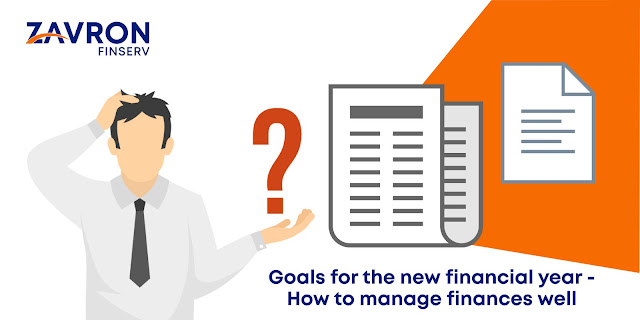Personal Loan vs. Professional Loan: The Differences You Need to Know
As offices and educational institutions around the world start resuming their operations after the COVID-19 pandemic, the need of the hour is skilled professionals who can assist them in their revival. Although organizations are willing to pay sufficient compensation to those with the right talent, the challenge is to find employees with the right skill sets. Thus naturally, it is important to constantly up skill our present abilities.
However, although all of us have considered at least once to partake in an up skilling course, what hold us back is the options available to us to finance the same. Although we have heard of both professional and instant personal loan being available in the market, without learning about their complete differences, it becomes challenging to arrive at a decision, and thus in today’s blog post, we will take a deeper dive into the same.
Without further ado, let’s get started.
What Is a Professional Development Loan?
One of the first and most important aspects we need to understand is the meaning of a professional development loan. In simple terms, a professional development loan is a financial instrument which current working professionals can leverage to advance their careers.
In India, these days, you can get a professional development loan in the range of ₹10,000 to ₹500,000 and above, depending on the up skilling course you are enrolling for and the financing requirements of the same. Simply put, a professional development loan is a financing instrument which makes it easier for you to take an up skilling course and advance your career through the same.
Professional development loans across India are available in all shapes and sizes, right from those which disburse the amount directly to you, to those which transfer the loan amount to the educational institution and you only need to pay the monthly instalments, and we will explore each of them in the upcoming sections.
Professional Development Loan vs Personal Loan
Now, a personal loan in Mumbai requires no introduction of its own. These have become so popular over the past few years that all you need to do is simply download an application like ZinCash, apply for a personal loan, and you will have the money in your bank account in less than 48 hours.
However, although you might not realize it now, there are some subtle differences between a professional development loan and a personal loan and the most significant of them are as listed below.
1. Rate of Interest
When you are taking any form of loan, be it a traditional loan or a personal loan in New Delhi, one of the first aspects you need to consider is the rate of interest you will be charged on the same. Depending on the lender you choose as well as the loan amount you borrow, the interest rate charged to you can vary between 13.7% per annum to 15.6% per annum. While these rates tend to vary between institutions, you always have the option of negotiating with them for a better deal.
On the other hand, personal loans in India generally arrive with interest rates in the range of 12.6% per annum to 36% per annum and depending on the lender as well as the loan amount you borrow; this will be subject to change. While it is true that the interest rate on personal loans is a bit higher, it does arrive with several other features which are absent from professional development loans.
2. Loan Amount
Second, to the rate of interest being charged to you, another aspect you must consider is the loan amount you will be approved for. For instance, personal loan in Ahmedabad such as those from ZinCash generally have a range of ₹10,000 to ₹200,000, and there are other lenders who approve amounts upto ₹500,000. On the other hand, in most professional development loans, the loan amount tends to vary between ₹10,000 to ₹10,000,00 depending on the lender as well as the upskilling course you enroll in.
Since in an upskilling course, the tenure is shorter, and the mode of teaching is online, you can expect a small loan amount to be sufficient, thus not burning a hole in your pocket.
3. Mode and Pace of Disbursement
Last but not least, you need to consider how the loan amount is actually disbursed to you. For instance, in a personal loan in Hyderabad, the loan amount will always be directly deposited to your bank account irrespective of where you intend to spend the same.
On the other hand, professional loans tend to follow different disbursement styles. There are ones which will directly disburse the approved loan amount to your bank account, thus giving you the freedom to choose both the upskilling partner and in how many installments you want to pay them. Additionally, there is another form of professional development loan where the loan amount is transferred directly to the upskilling partner, and all you need to do is pay the installments every month.
One of the benefits of this mode of disbursement is that you only need to worry about paying the installment amount every month and nothing else.
Lastly, we also need to consider the approval and disbursement timeline. In most cases, best personal loan app such as ZinCash offer you instant eligibility checks and quick disbursements, meaning you will spend a maximum of 72 hours between applying for the personal loan and the loan amount reflected in your bank account.
On the other hand, in professional development loans, the approval timeline might be slightly longer owing to the fact that a number of details need to be cross-checked before the lender can go ahead and approve your application.
In Conclusion
These days both professional development and personal loan in Pune are widely
available and depending on your exact needs, you can choose either one of them.
Now that you know of the differences between both let us know in the comments
below which one suits your requirements the best.



Comments
Post a Comment